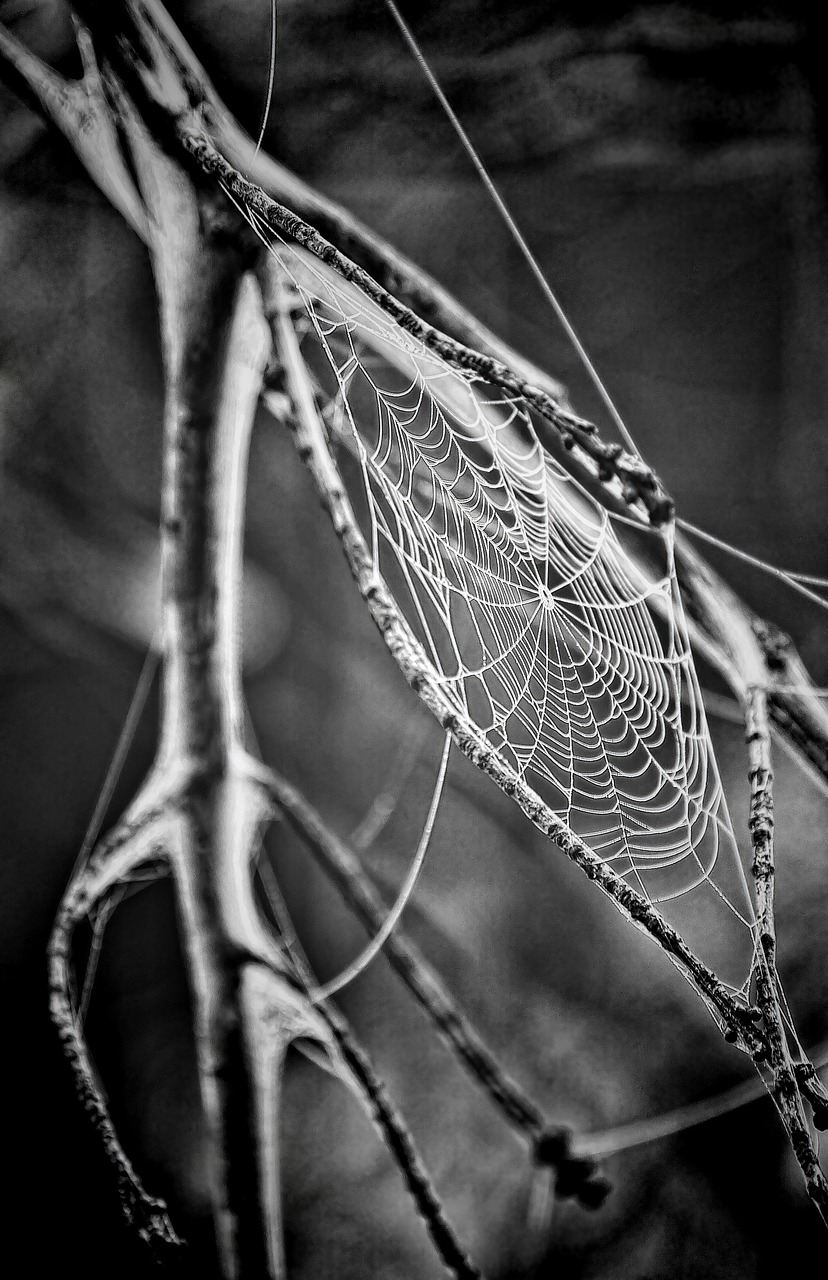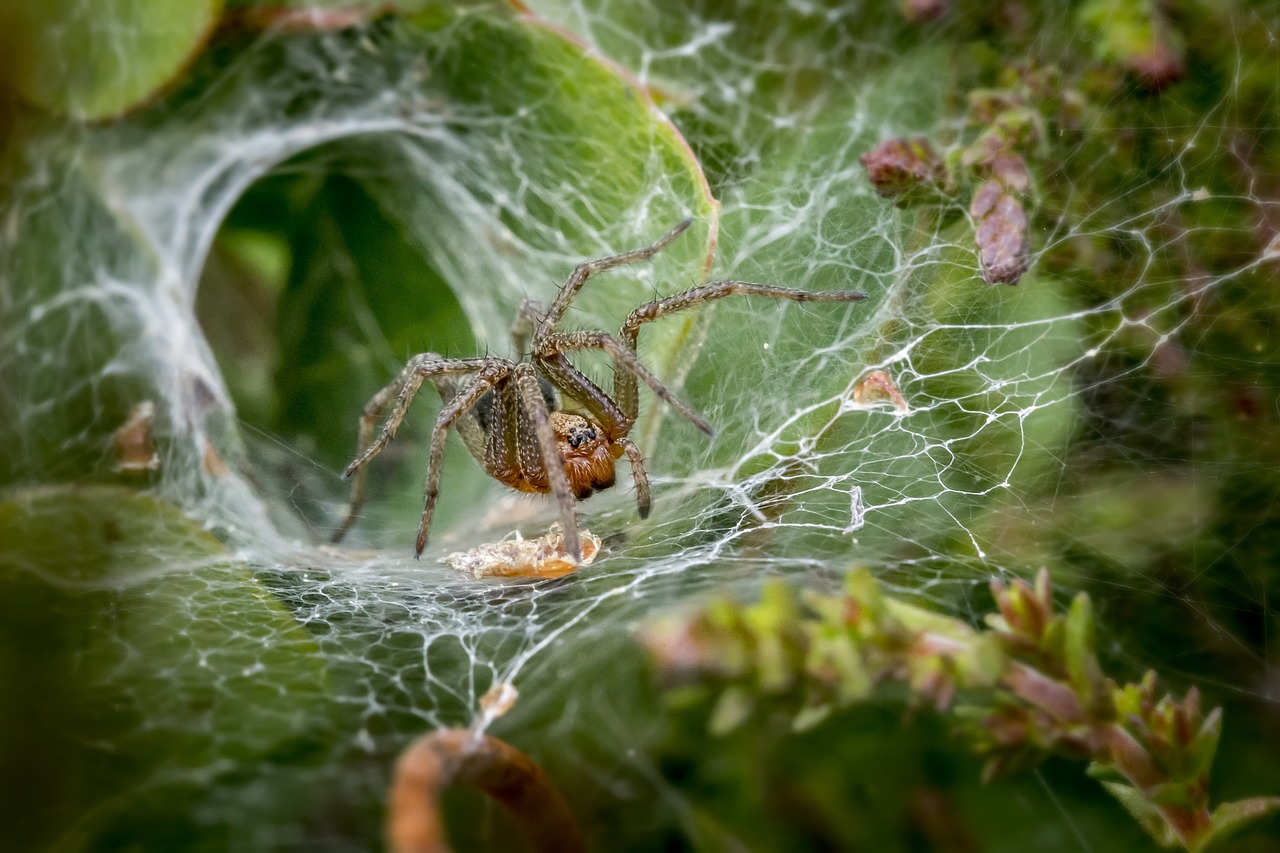Spider crickets, often referred to as camel crickets or cave crickets, have become an unexpected nuisance in many basements across the United States. Their unique appearance and behavior can send shivers down the spine of even the most seasoned insect enthusiasts. These creepy crawlies are not just a fleeting annoyance; they can be a sign of underlying issues in your home. Understanding more about spider crickets can help homeowners manage and prevent an invasion.
Originating from Asia, spider crickets have made their way into various parts of North America. They thrive in damp and dark environments, making basements an ideal habitat. Unlike typical crickets, spider crickets do not chirp, which adds to their eerie presence. They are known for their long legs and humped backs, resembling a combination of a spider and a cricket. This unusual appearance is part of what makes them so unsettling to many people.

These insects are nocturnal, which means they are most active at night. During the day, they tend to hide in crevices, under furniture, or in storage boxes. Their preference for dark and moist areas is why homeowners often find them lurking in basements and crawl spaces. Notably, when disturbed, spider crickets can jump several feet, which can be quite startling.
Identifying Spider Crickets
Identifying spider crickets is essential for effective management. Here are some key characteristics to look for:
- Body Shape: They have a humped back and long legs.
- Color: Generally brown or tan, they may have some darker markings.
- Size: Adult spider crickets typically measure between 1 to 2 inches in length.
- Antennae: Their long antennae can be up to three times the length of their body.
Due to their unique features, some people might confuse them with other common insects. However, their lack of chirping and distinctive jumping ability set them apart from traditional crickets.
Life Cycle and Habits
The life cycle of spider crickets consists of several stages: egg, nymph, and adult. The female spider cricket lays eggs in moist areas. Once hatched, the nymphs resemble miniature adults but lack wings. They undergo several molts before reaching adulthood. The entire cycle can take several months, depending on environmental conditions.
Spider crickets are primarily scavengers. They feed on decaying organic matter, fungi, and other plant materials. This diet is beneficial for the ecosystem but can lead to problems when they invade homes, as they may consume items like cardboard or clothing in search of food.
Why Are They in Your Basement?

Several factors contribute to an infestation of spider crickets in your basement:
- Dampness: High humidity levels create a perfect environment for spider crickets.
- Lack of Light: They prefer dark spaces where they feel safe from predators.
- Food Sources: Presence of organic material like mold or decomposing plants attracts them.
Understanding these factors can help homeowners take proactive measures to reduce the likelihood of an infestation. Regularly checking for moisture issues and maintaining cleanliness can significantly deter these pests.
In summary, spider crickets are fascinating yet unsettling insects that can invade our homes under the right conditions. By recognizing their characteristics and understanding their habits, homeowners can better prepare themselves to address potential infestations should they arise.
Health Risks Associated with Spider Crickets

While spider crickets are primarily known for their unsettling appearance, they can also pose certain health risks. Understanding these risks is essential for homeowners who may encounter these insects in their basements.
Spider crickets do not bite humans; however, they can contribute to various health-related issues, particularly due to their feeding habits.
- Allergens: The droppings and shed skins of spider crickets can trigger allergic reactions in sensitive individuals. This can lead to respiratory issues and skin irritations.
- Pest Attraction: A spider cricket infestation can attract other pests, such as spiders or rodents, which may introduce additional health risks.
- Food Contamination: If spider crickets invade pantries or food storage areas, they may contaminate food items with their droppings and body parts.
Being aware of these potential health risks can help homeowners take action to manage infestations effectively.
Effective Prevention Strategies
Preventing spider crickets from invading your basement requires a multi-faceted approach. Here are some practical strategies for homeowners:
- Reduce Moisture Levels: Use dehumidifiers to lower humidity levels in basements. Fix any leaks and ensure proper drainage around the foundation.
- Seal Entry Points: Inspect your basement for cracks and gaps. Seal these openings to prevent spider crickets from entering.
- Maintain Cleanliness: Regularly clean basements and storage areas. Remove any decaying organic materials that could attract pests.
- Limit Hiding Places: Organize and declutter your basement. Keeping items off the floor reduces potential hiding spots for spider crickets.
Implementing these strategies can significantly decrease the likelihood of a spider cricket infestation in your home.
DIY Control Methods
If you find yourself dealing with a spider cricket infestation, there are several do-it-yourself control methods you can try before seeking professional help.
- Traps: Sticky traps can be effective in catching spider crickets. Place them in areas where you have noticed activity.
- Boric Acid: Sprinkling boric acid in areas where spider crickets are active can deter them. However, caution is advised if you have pets or small children.
- Natural Repellents: Essential oils, such as peppermint or eucalyptus, can be used as natural repellents. Mix with water and spray in areas where you see spider crickets.
Using these methods can help manage small infestations effectively. However, it is essential to monitor the situation closely.
When to Call Professionals
If a spider cricket infestation becomes overwhelming, it might be time to consider professional pest control services. Here are signs that indicate you should seek expert help:
- Large Populations: If you notice a significant number of spider crickets in multiple areas of your home.
- Persistent Issues: If DIY methods fail to reduce the population after several attempts.
- Associated Pests: If you start noticing other pests that may have been attracted by the spider crickets.
A professional pest control service can provide tailored solutions and ensure that the underlying causes of the infestation are addressed effectively.

By understanding the risks associated with spider crickets, implementing preventive measures, and knowing when to seek help, homeowners can better protect their living spaces from these creepy crawlies.
Natural Predators of Spider Crickets
Understanding the natural predators of spider crickets can provide valuable insights into managing their populations. By fostering a balanced ecosystem, homeowners can benefit from biological control methods that limit spider cricket numbers.
Several creatures are known to prey on spider crickets. Here are some of the most effective:
- Frogs: Many species of frogs feed on insects, including spider crickets. A healthy population of frogs can help keep spider cricket numbers in check.
- Birds: Various birds, particularly those that forage for insects, will consume spider crickets when available.
- Spiders: Larger spider species may also prey on smaller spider crickets, helping to control their population.
- Small Mammals: Animals like shrews and certain rodents may include spider crickets in their diet.
Encouraging these natural predators around your home can provide a sustainable method to manage spider cricket populations. Creating habitats for them, such as a diverse garden or maintaining a pond for frogs, can help foster a natural balance.
Spider Crickets vs. Other Common Crickets
While spider crickets are often confused with common house crickets or field crickets, there are significant differences between these insects. Understanding these distinctions can help homeowners identify the specific pest they are dealing with.
| Feature | Spider Crickets | Common House Crickets |
|---|---|---|
| Appearance | Humped back, long legs, no wings | More slender body, short wings, able to chirp |
| Habitat | Damp, dark areas (like basements) | Dry areas, often found inside homes |
| Diet | Decaying organic matter and plant materials | Variety of organic materials, including fabrics and food |
| Behavior | Nocturnal, jumps when disturbed | Nocturnal, known for chirping sounds |
This comparison highlights the key differences between spider crickets and other common types of crickets. Identifying the specific type of cricket in your home is essential for determining the best control strategies.
The Role of Humidity in Infestations
As mentioned earlier, humidity plays a crucial role in the survival and proliferation of spider crickets. High humidity levels create an ideal environment for these pests. Understanding how humidity affects their behavior can aid in prevention efforts.
Here are some important points regarding humidity and spider crickets:
- Survival Rate: Higher humidity levels increase the survival rate of spider cricket eggs and nymphs.
- Feeding Activity: Increased moisture often leads to greater feeding activity as spider crickets seek out organic materials.
- Mating Behavior: Humid conditions can enhance mating success, leading to larger populations.
Homeowners should monitor humidity levels in basements and crawl spaces. Maintaining a relative humidity of 30% to 50% is ideal for preventing infestations.
Seasonal Patterns and Spider Cricket Activity
Spider cricket activity tends to follow specific seasonal patterns. Understanding these patterns can help homeowners anticipate potential infestations.
- Spring: As temperatures rise and moisture levels increase, spider crickets become more active, emerging from their hiding spots to mate.
- Summer: Warm weather encourages rapid reproduction. Large populations may form as conditions remain favorable.
- Fall: Spider crickets may seek shelter indoors as outdoor conditions become less hospitable due to colder temperatures.
- winter: Indoor populations may persist, as they find warmth and food sources in basements and crawl spaces.
Acknowledging these seasonal patterns can guide homeowners in implementing preventive measures leading up to peak activity times. By being proactive, you can minimize the risk of an infestation during these critical months.
Additional Resources for Homeowners
Homeowners looking to educate themselves further about spider crickets and pest management can benefit from a variety of resources. Understanding the behavior, prevention, and control methods for these insects can be crucial in maintaining a pest-free home.
Here are some valuable resources to consider:
- Local Extension Offices: Many universities and agricultural extensions offer advice on pest control tailored to specific regions.
- Online Pest Control Guides: Websites dedicated to pest management often provide comprehensive guides on identification and treatment options for various pests, including spider crickets.
- Home Improvement Stores: Many local stores have knowledgeable staff who can provide advice on insect control products and prevention strategies.
- Pest Control Professionals: Consulting with professionals can offer customized solutions and insights based on years of experience.
Additionally, connecting with community forums or social media groups can allow homeowners to share experiences and solutions regarding spider cricket infestations. Collaboration and shared knowledge can empower individuals to tackle pest issues more effectively.
Final Thoughts
Spider crickets, while unsettling, are a manageable pest if approached with the right knowledge and techniques. Recognizing their characteristics, understanding their habits, and implementing preventive measures can significantly reduce the likelihood of an infestation in your home. Key strategies include maintaining a dry environment, sealing entry points, and promoting natural predators in your surroundings.
It is important to remain vigilant during peak seasons, as spider crickets can quickly multiply if conditions are favorable. Homeowners should take proactive steps to monitor their basements and other potential hiding spots. When infestations become overwhelming, seeking professional pest control services may be necessary to ensure a thorough solution.
Ultimately, awareness and education are your best defenses against spider crickets. By equipping yourself with the right information and resources, you can protect your home from these creepy crawlies and create a more comfortable living environment.
As you gain more insight into the world of spider crickets, you will find that managing these pests becomes less daunting. With diligence and care, you can reclaim your basement from these invaders and enjoy peace of mind in your home.
